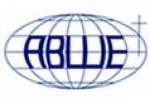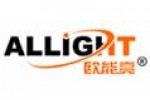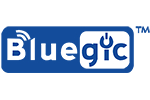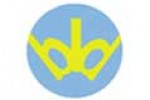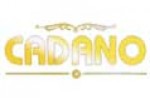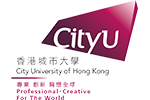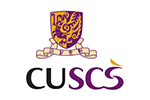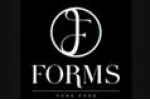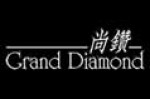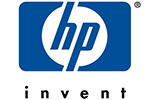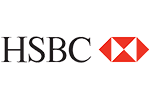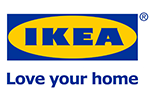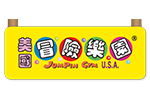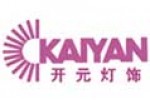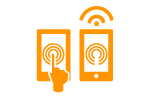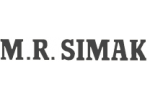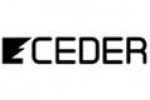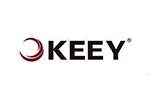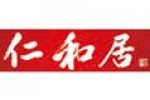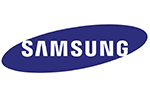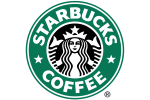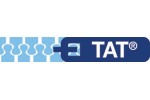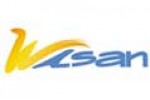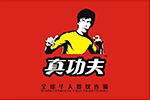Technology - jQuery
JQuery is a type of Javascript library (Prototype, Ext Core and moo.fx are other examples) designed to make Javascript more accessible and easy to use. JQuery simplifies the Javascript syntax and relatively provides better interaction between Javascript and other web development languages. JQuery provides easier access to the DOM model and allows creating animations, widgets and dynamic web segments (AJAX) easily in comparison to using Javascript alone. JQuery is also the most popular javascript library in use today utilized by dozens of uber-popular websites.
JQuery is wildly popular because it allows achieving an array of functions, simple as well as complex using the minimal amount of code. JQuery is usually used to implement any feature in the DOM model in a simpler manner and also for ajax functionality. Even apparent complex functions like expandable text blocks (which maybe used in FAQ's, etc.) can be achieved with just a few lines of code using JQuery.
JQuery maybe used by referring to a single javascript file (available online, mirrored in several locations including google.com and microsoft.com), once the source has been set to the file, all the functionality of JQuery will be appended to your code. The easiest way to append JQuery to your code is using the piece of code below:
The jquery.js javascript file can be downloaded from the official jquery.com website and uploaded on your web server (or retrieved remotely from a mirror), the path can then be assigned in the source section and JQuery functionality will be instantly available to the code within the script tag. JQuery is highly versatile and compatible and functions on all latest versions of popular browsers and is only approximately 25 KB in size. But it's also possible to load it in by referring to an online location on the Google Servers like I did here. The first line of code includes version 1.4.2 of the JQuery core, the second line loads JQuery UI, an extra library that allows you to implement fancy widgets (like a datepicker, a dialog box, an accordion) easily. We use quite a few of these on The Lingerie Post's price comparison tool, and don't exceed 30KB in total size!
Another striking feature of JQuery is the ability to implement AJAX functionality. Ajax allows you to accomplish several functions in a stylish manner without leaving or reloading the page. This allows a dynamic web page environment as tasks can be performed on the page in the background without a reload of a page required. Today it is extensively used in several websites as it is a faster and sleeker alternative and JQuery allows implementing ajax functionality a breeze. Certain highly custom features required by a web developer may render JQuery insufficient as it is a very high level language but the community behind the open source library is strong and thus more functionality is been added with every update.
Advantages and Disadvantages
AJAX is rapidly becoming an integral part of several websites, several well established brands online now use AJAX to handle their web applications because it provides better interactivity to their users, this is due to the fact that implementing AJAX on a website, does not require a page to be reloaded for dynamic content on web pages. While there are numerous reasons to switch to AJAX there are quite a few matters that would make you reconsider using this combination of technologies as well. Below are some of the advantages and disadvantages of using AJAX.
Advantages
- Better interactivity
This is pretty much the most striking benefit behind why several developers and webmasters are switching to AJAX for their websites. AJAX allows easier and quicker interaction between user and website as pages are not reloaded for content to be displayed.
- Easier navigation
AJAX applications on websites can be built to allow easier navigation to users in comparison to using the traditional back and forward button on a browser.
- Compact
With AJAX, several multi purpose applications and features can be handled using a single web page, avoiding the need for clutter with several web pages. For our use of AJAX, it took just a few lines of code!
- Backed by reputed brands
Another assuring reason to use AJAX on your websites is the fact that several complex web applications are handled using AJAX, Google Maps is the most impressive and obvious example, other powerful, popular scripts such as the vBulletin forum software has also incorporated AJAX into their latest version.
Disadvantages
- The back and refresh button are rendered useless
With AJAX, as all functions are loaded on a dynamic page without the page being reloaded or more importantly a URL being changed (except for a hash symbol maybe), clicking the back or refresh button would take you to an entirely different web page or to the beginning of what your dynamic web page was processing. This is the main drawback behind AJAX but fortunately with good programming skills this issue can be fixed.
- It is built on javascript
While javascript is secure and has been heavily used by websites for a long period of time, a percentage of website surfers prefer to turn javascript functionality off on their browser rendering the AJAX application useless, a work around to this con is present as well, where the developer will need to code a parallel non-javascript version of the dynamic web page to cater to these users.
Technologies
Services
Contacts
- Unit 315A, 3/F, Enterprise Place, No. 5 Science Park West Avenue, Hong Kong Science Park, Shatin, N.T., HK.
- (852) 3119 8777
- (852) 3119 8778
- info@lincogndesign.com
- http://www.lincogndesign.com
Business Hours
- Monday-Friday: 9am to 6pm
- Saturday, Sunday and Public Holidays: Closed
Copyright © lincogndesign.com 2004 - 2026 Site Map | Privacy Policy | Terms & Conditions

